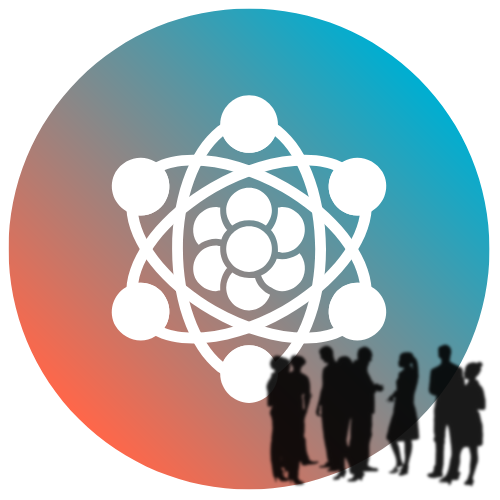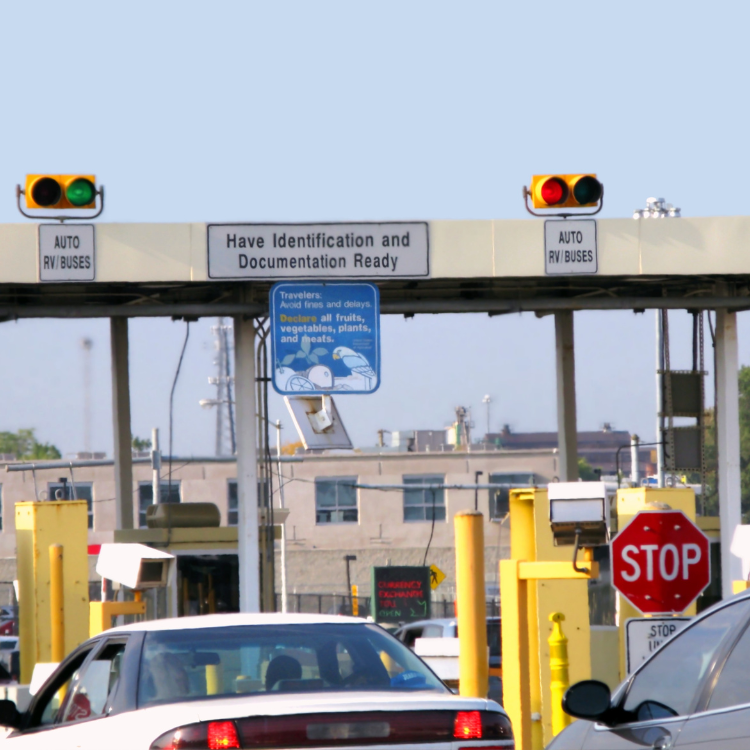Voice may travel at the speed of light, but laws still move at the pace of politics. As VoIP becomes the backbone of global business communication, its packets cross not only networks but jurisdictions — each with its own rules on privacy, interception, and data sovereignty. What once looked like a borderless technology now lives inside a web of borders that matter more than ever. The question isn’t whether VoIP will be regulated globally; it’s how intelligently those regulations can coexist.
The end of the regulatory blind spot
In its early years, VoIP was treated as an internet novelty, not a telecommunication service. That loophole let innovation flourish — startups could launch global calling platforms without navigating telecom licensing or emergency-service obligations.
But scale changes everything. Today’s VoIP traffic carries banking transactions, healthcare consultations, and international trade negotiations. Governments can’t afford to treat it as unregulated data.
The shift began with E911 requirements in the United States, ensuring VoIP users could reach emergency services with accurate location data. Europe followed with stricter data-handling mandates under GDPR, while Asia-Pacific nations introduced local hosting rules to keep voice data within national borders. The unregulated era is officially over.
Data sovereignty reshaping the cloud
One of the biggest pressures on global VoIP is data localization — laws requiring that user data, including call records and audio files, remain physically stored within a country’s boundaries.
- Europe’s GDPR limits how companies export personal data outside the EU.
- India’s telecom regulations demand domestic routing and storage of voice data.
- China’s Cybersecurity Law requires foreign firms to partner with local entities for data hosting.
These mandates complicate the global cloud model. A provider once able to serve the world from three mega-data centers must now build or lease regional nodes, verify compliance chains, and offer “geo-fenced” call routing to keep packets where regulators say they belong.
It’s a logistical challenge — but also an opportunity. Providers who adapt early can sell compliance as a premium service: secure, local, and trusted.
Security meets accountability
With regulation comes transparency. Frameworks like STIR/SHAKEN in North America, designed to authenticate caller identity and combat spoofing, are spreading internationally. They rely on cryptographic signing of caller IDs, allowing receiving networks to verify legitimacy before the phone rings.
This global rollout signals a deeper shift: trust is becoming a network-level feature. Businesses choosing providers now weigh verified identity, encryption standards, and auditing capabilities alongside price. The market rewards transparency over opacity — a reversal of the early VoIP era, when “cheap” was the primary selling point.
Compliance as competitive strategy
Regulatory friction often sparks innovation. Many of the most sophisticated VoIP platforms have grown out of compliance needs — automated consent management, secure call recording, and jurisdiction-aware data routing.
Enterprises now expect providers to offer built-in governance tools:
- Configurable recording prompts to meet one-party or all-party consent laws.
- Data-retention timers that align with regional statutes.
- Audit logs for SOC 2 or ISO 27001 verification.
What began as an obligation has turned into a differentiator. In high-compliance industries like finance and healthcare, a VoIP vendor’s legal resilience is part of its brand.
The rise of regional alliances
No country can regulate global communication alone. Instead, regional blocs are starting to align frameworks — the EU’s Digital Markets Act, ASEAN’s cross-border data-flow agreements, and the U.S.–Japan Data Free Flow with Trust initiative all aim to balance openness with oversight.
These alliances will shape how multinational businesses architect their communication systems. A company operating in Europe, North America, and Southeast Asia may soon rely on a “federated compliance mesh” — separate data pools governed locally, synchronized through standardized APIs.
It’s a complex phrase for a simple reality: the network of the future will be political as much as technical.
Emerging gray zones
Despite progress, major questions remain unresolved:
- How should AI-generated voice data be classified — as personal data, or derivative analytics?
- Who bears liability when a cross-border call transits through a third-party carrier subject to another nation’s surveillance laws?
- Can end-to-end encryption coexist with lawful-access mandates in every jurisdiction simultaneously?
These tensions will define the next five years of policy. Expect regulators to borrow heavily from financial-sector frameworks, where risk-based compliance and tiered reporting already exist.
The new map of global communication
The global VoIP landscape is no longer one network — it’s a mosaic. Providers must design with geography in mind: local data zones, adaptive encryption, dynamic routing, and transparent reporting. Businesses selecting partners should ask not just “Can you connect us everywhere?” but “Can you protect us everywhere?”
Cross-border communication will always carry friction. The goal isn’t to eliminate it but to make it intelligent — a balance of reach and responsibility.
In the long arc of telecom history, every era of connection has found its regulation. VoIP is simply growing into its own — a medium mature enough to cross oceans, and accountable enough to respect their shores.

